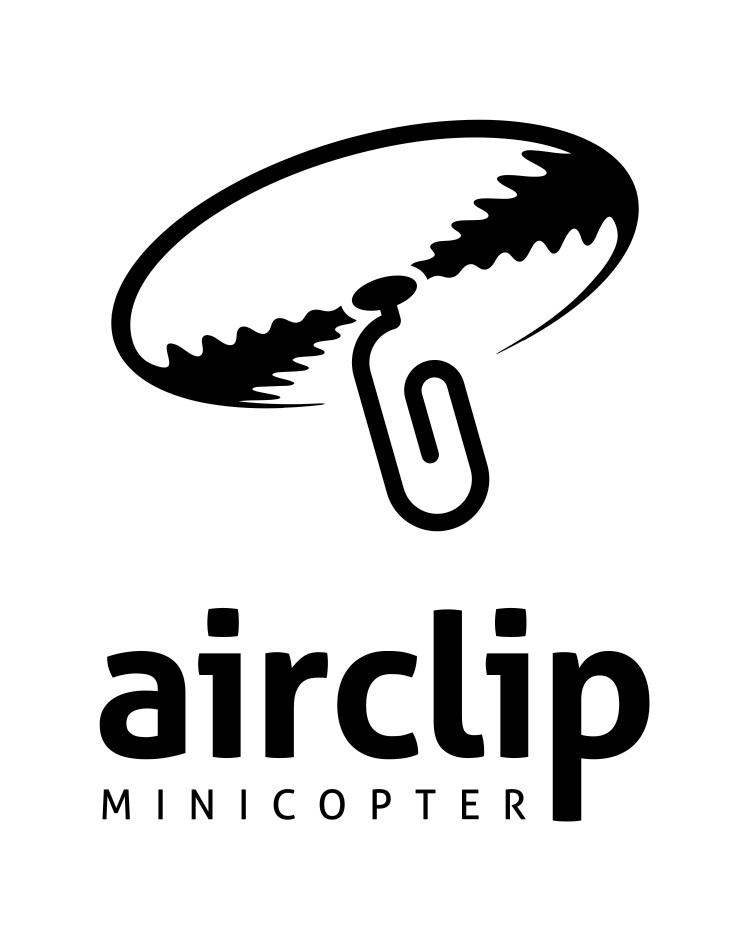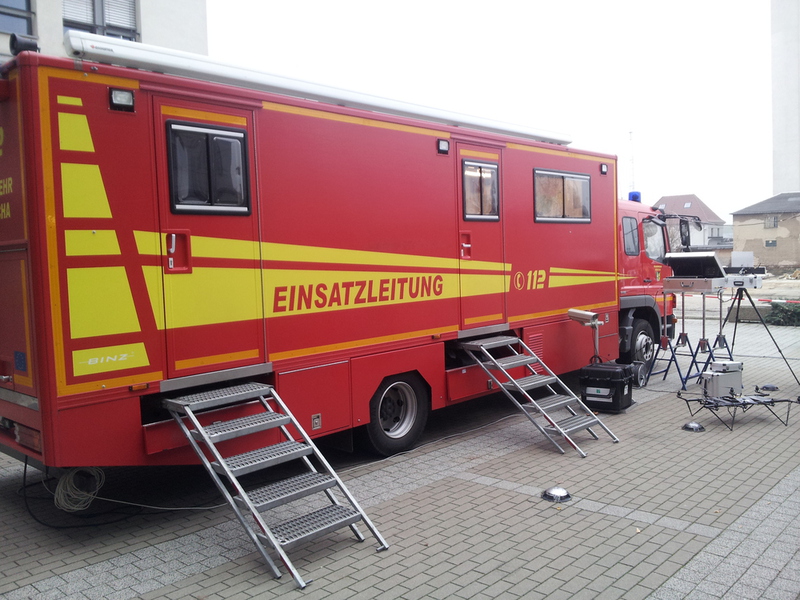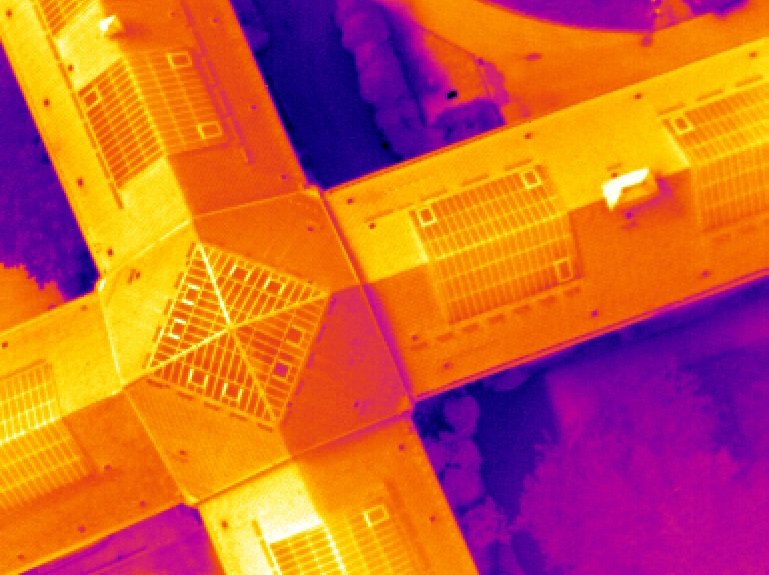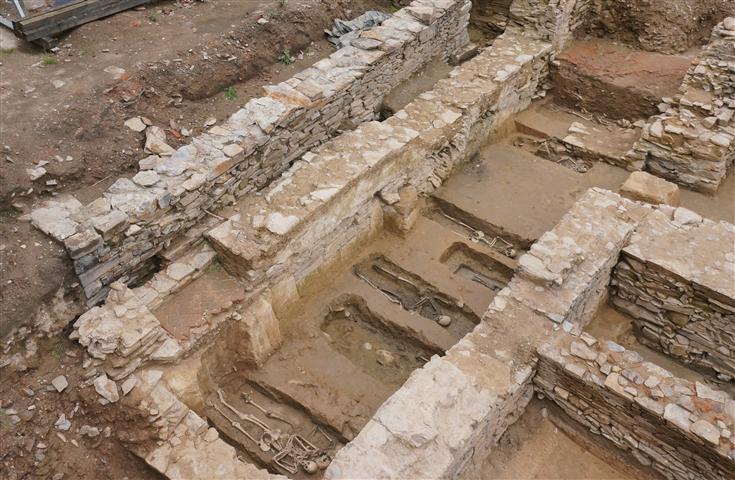HORUS 2.0 now available from Airclip
Our experience with HORUS® and the modifications we made to the model have led us to push the development further and relase a new generation: the HORUS® 2.0.
The new frame of HORUS® 2.0 is even more sturdy, more robust, and offers even more space. The new casing is larger and now contains a high-performance transmitter for broadcasting the live video signal in addition to the control electronics. This way, all sensitive components are housed safely within the casing and protected from rain.
HORUS® 2.0 has been available for purchase since the beginning of the year.
The young Airclip.de team offers the research drone in three different varieties:
- as a quadrocopter
- as an octocopter and
- as a dodecacopter.
In addition, Airclip also offers diverse services in the field of data acquisition from the air. To learn more, plase visit:



